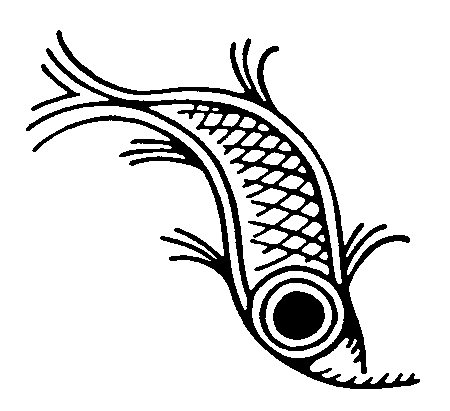Greek - Norwegian Deep-water Archaeology survey
Shorttakes
|
The "Greek-Norwegian Deep-Water Archaeological Survey" is a joint undertaking by the Greek Department of Underwater Antiquities (EEA), the Norwegian University of Science and Technology at Trondheim (NTNU) and the Norwegian Institute at Athens (NIA). Its main goal is to survey the seabed in selected areas in Greece using advanced underwater technology, and thereby create a database of submerged archaeological sites as an aid to their protection. The project is directed by Ms Katerina Delaporta (EEA) and Dr Marek E. Jasinski (NTNU), the Greek team and the research vessel financed by the Greek Ministry of Culture, the Norwegian side by the generous sponsorship of Telenor Hellas S.A. and Sarantitis & Partners.
 The co-operation was initiated in September 1999 when a one-week pre-season was conducted in the Northern Sporades. The purpose was to familiarize the Norwegian team with local conditions, both above and below the water surface. A number of known wreck sites were visited with the NTNU side-scan sonar, a torpedo-like instrument towed by the research ship, which sends a continuous image of the sea-bottom to the onboard computer. The technicians learned to distinguish the digital imprint of the amphora mounds of wrecked merchantmen from natural rock formations and outcrops which create similar representations. In the process four potential new wrecksites were identified, of which one was confirmed by EEA divers and dated to the Byzantine period.
The co-operation was initiated in September 1999 when a one-week pre-season was conducted in the Northern Sporades. The purpose was to familiarize the Norwegian team with local conditions, both above and below the water surface. A number of known wreck sites were visited with the NTNU side-scan sonar, a torpedo-like instrument towed by the research ship, which sends a continuous image of the sea-bottom to the onboard computer. The technicians learned to distinguish the digital imprint of the amphora mounds of wrecked merchantmen from natural rock formations and outcrops which create similar representations. In the process four potential new wrecksites were identified, of which one was confirmed by EEA divers and dated to the Byzantine period.
In June 2000 the research area was moved to Ithaki for the first full season. During two weeks the team gathered digital data around Ithaki and in the sound between Ithaki and Kefallonia. Despite the very anomalous seabed, characterized by a rapid drop to depths beyond 100m and a rocky terrain, which caused some difficulties (a wreck may be confused with rocks when it lies among them and/or when the sonar passes over the site on a course at an angle to the dominant lines of the underwater topography), the work with the sonar resulted in a comprehensive coverage of the north-eastern coast of Ithaki. Close to one hundred targets were catalogued, of which a selection was made for verification. Employing the Remotely Operated Vehicle (ROV) of the Sperre A.S. company from Norway allowed the team to eliminate a number of possible targets as being elements of the seabed.
Two new wrecks were extensively documented using the ROV. This involved collecting video footage for the study and dating of the amphorae (at first contact they appear to be Late Republic/Early Roman Empire in date), and creating a photo mosaic with a digital camera. The one wreck, reported by Fiskardo's Nautical and Environmental Club (Kefallonia), has been extensively damaged by sportsdivers. The other consists of a complete amphora cargo at a protective depth. This spectacular find resulted from an intensive search in an area indicated by a fisherman who had pulled up an amphora in his nets. It illustrated in a convincing manner the abilities of the team to use both sonar information and the Projects complementary approach of interviews with fishermen to obtain the best possible results. A third wreck consisting of roof tiles was only partially documented since a greater number of tiles had been signaled than were found by the ROV. Further work in the area is necessary in 2002 on a cargo of lead bars so a return to the site is planned.
The "Greek-Norwegian Deep-Water Archaeological Survey" combines the extensive knowledge of the Greek waters of the EEA personnel with hi-tech survey equipment owned and operated by the NTNU or developed by Sperre A.S. While side-scan sonars have been used previously in Greece, the combination of the sonar for covering large areas and the ROV for rapid verification is a new approach which does not resort to vastly more expensive research submarines.